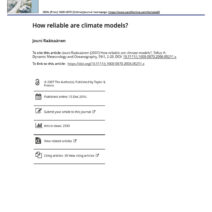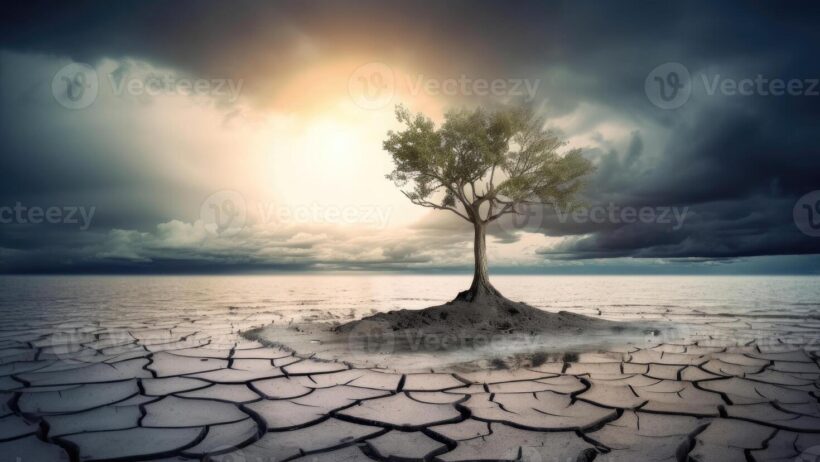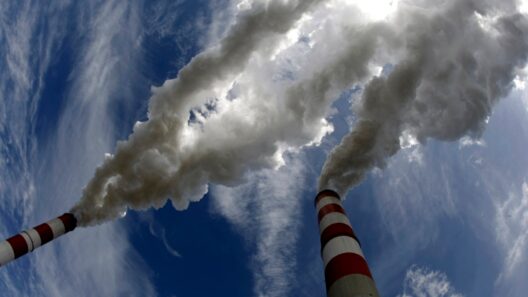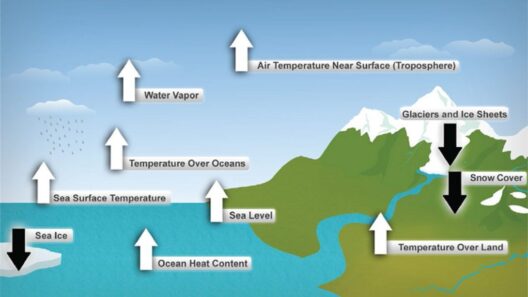In the intricate tapestry of our planet, every living organism is woven into a delicate web of life that sustains ecosystems, influences climate, and ensures the survival of species. Global warming, driven primarily by anthropogenic greenhouse gas emissions, is unraveling this web in ways that are devastating and far-reaching. The tangible consequences of rising temperatures encompass not only flora and fauna but also the very foundations of human civilization. This phenomenon represents a global issue that, while often discussed in abstract terms, has concrete implications for every creature, from the tiniest microbe to the largest mammal.
At its core, global warming refers to the long-term increase in Earth’s average surface temperature. This climatic shift is resulting in a cascade of environmental changes, such as extreme weather events, altered precipitation patterns, and melting ice caps. All these factors are interlinked and impact biodiversity directly. For example, when temperatures rise, many species are forced to migrate in search of suitable habitats that can support their survival. This migration can disrupt intricate ecological relationships, including predator-prey dynamics and symbiotic partnerships.
Species that are particularly vulnerable to climate change are those with limited mobility or those that inhabit specialized niches. For instance, amphibians, which typically require specific temperature and moisture conditions, are seeing devastating declines across the globe. Their permeable skin makes them highly sensitive to environmental changes, and many species are pushing the brink of extinction. This loss is not just tragic from a conservation perspective; it represents a critical loss in biodiversity, disrupting food webs and ecological functions essential to all life forms.
A critical consequence of global warming is ocean acidification, a phenomenon that follows closely on the heels of rising atmospheric CO2 levels. As oceans absorb excess carbon dioxide, their pH levels drop, leading to more acidic waters. This process profoundly impacts marine ecosystems, particularly species that rely on calcium carbonate to form shells, such as corals and shellfish. Coral reefs, often termed the ‘rainforests of the sea,’ are remarkably biodiverse and provide habitat, food, and protection for a plethora of marine organisms. Their decline due to acidification and bleaching, a process exacerbated by rising sea temperatures, has catastrophic ramifications for marine biodiversity, fisheries, and coastal communities dependent on these ecosystems.
The repercussions of global warming extend beyond biodiversity loss, impacting human health and wellbeing as well. As climates shift, the distribution of vector-borne diseases, such as malaria and dengue fever, is also changing. Warmer temperatures and altered rainfall patterns create more favorable conditions for disease-carrying insects, endangering communities that have historically been resilient to these pathogens. This exemplifies how the interconnectedness of life means that the ramifications of environmental changes can permeate through various levels of existence, affecting not just the natural world but humanity itself.
Moreover, the issue of food security is intimately tied to climate change. Agriculture is dependent on stable climate conditions, and changes in temperature and precipitation can dramatically alter yield potential. Crop species are facing new challenges as pests migrate to new areas, and extreme weather events such as droughts or floods destroy harvests. The resulting stress on food systems can lead to increased hunger, malnutrition, and conflict over resources. Addressing these challenges necessitates a multifaceted approach that marries conservation efforts, sustainable practices, and community engagement.
The loss of habitats and ecosystems also results in a decline in ecosystem services, which are the benefits that humans derive from nature, ranging from clean air and water to pollination of crops and climate regulation. The degradation of these services can lead to negative feedback loops that further exacerbate the effects of climate change. For example, deforestation not only contributes to increased carbon dioxide levels but also diminishes the capacity of forests to sequester carbon, creating a self-perpetuating cycle of environmental degradation.
Amid these challenges, there lies a profound need for collective responsibility and action. Understanding the interconnectedness of life on Earth reinforces the urgent necessity to address climate change. Conservation efforts, reforestation initiatives, and the transition into renewable energy sources are imperative steps towards healing the planet. Furthermore, empowering communities to adopt sustainable practices can foster resilience in the face of climate change.
The fascinating complexity of ecosystems reminds us that we are intrinsically linked to every living organism on this planet. The actions we take today will send ripples through this web of life for generations to come. Each decision to reduce carbon footprints or support sustainable practices contributes to the preservation of biodiversity and the health of our planet. The narrative of climate change is not just about rising temperatures; it is about the survival of life in all its forms and the need for a concerted effort to protect and sustain the delicate balance that has existed for millennia.
In conclusion, as stewards of the planet, we must acknowledge the profound implications of global warming on every living organism. The fractures appearing in the web of life are not merely environmental issues; they resonate with our ethical responsibilities towards the planet and future generations. Recognizing our role within this interconnected system can inspire collective action to mitigate these changes and protect the vitality of life on Earth.





